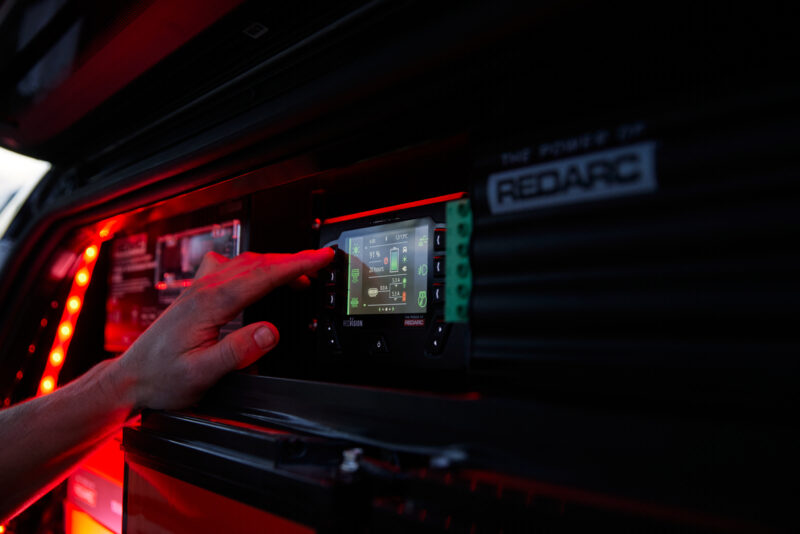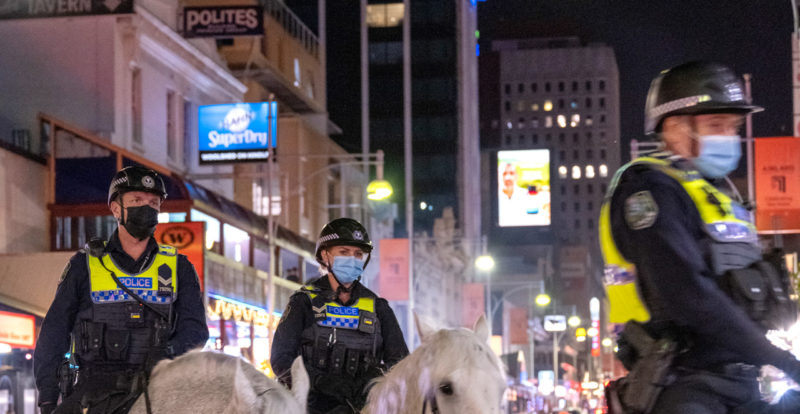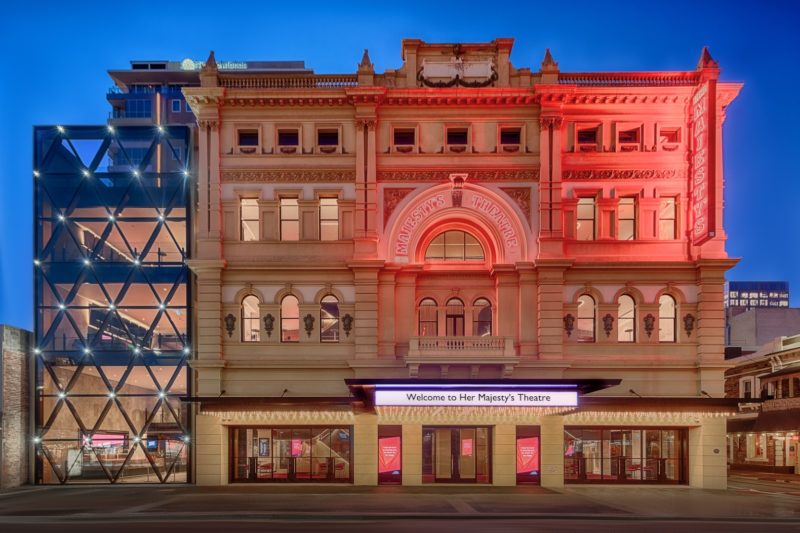Launched on March 8th this year, BreastScreen SA’s ‘Make time for the girls’ campaign was designed as a tongue-in-cheek style call out to catch people’s attention and prompt action.
With a roll-out of social media posts and an online video, the campaign encourages women to give their ‘cans a scan’ and ‘make time for your melons’.
Using humour to provide cut through on a serious topic can come with risks, so the team at BreastScreen SA, along with the creative team behind the campaign, ShowPony, called on Square Holes to conduct a number of focus groups with their target demographic – women over 40. These groups were queried on their reactions to the tone of the proposed campaign, as well as the colloquial language.
Kate Bruce-Rosser, BreastScreen SA’s Communications and Engagement Manager says that engaging market research is critical for the organisation as they are constantly finding ways to engage with their clients’ expectations.
“Focus groups provide a unique opportunity for us to listen and understand how these campaigns aimed at increasing participation in the program may be received by the target audience, which is South Australian women aged 40 years and over,” says Bruce-Rosser.
“With the Make time for…campaign, we felt that it was important to hold focus groups with women from the target audience to understand if the humorous campaign messages grabbed attention and had cut through, while still being acceptable.”
It was through these discussions that BreastScreen SA was able to hone their campaign tagline – with the organisation crediting the participants in coming up with ‘Make time for the girls’.
“It was through listening to the ideas and opinions of the focus groups that we could better understand how the campaign’s language and imagery would be received by women in the target audience. Initially, we had an alternate campaign line, and it quickly became clear through the focus groups that the line was unfamiliar and confusing for some,” says Bruce-Rosser.
“A few of the focus groups participants made suggestions about preferred language, and they put forward “the girls” with its double meaning of breasts and friends. It was helpful to listen to the discussion that the campaign generated, which is exactly what we were aiming to do with this.”
Bruce-Rosser adds that it will continue to be a priority for the organisation to engage with the community through a number of avenues – so that BreastScreen SA evolves with the times and remains accessible.
“Our clients are our motivation, and we want them to experience a responsive service that is enhanced through their feedback. That is why we engage with clients, consumers, and the diverse South Australian community because we know they bring valuable perspectives to the ongoing improvement of our service, including campaigns aimed at increasing participation,” says Bruce-Rosser.
“Engaging with the community helps us to make sure that BreastScreen SA remains a contemporary breast screening service that is accessible, acceptable and appropriate for eligible women in South Australia.”



